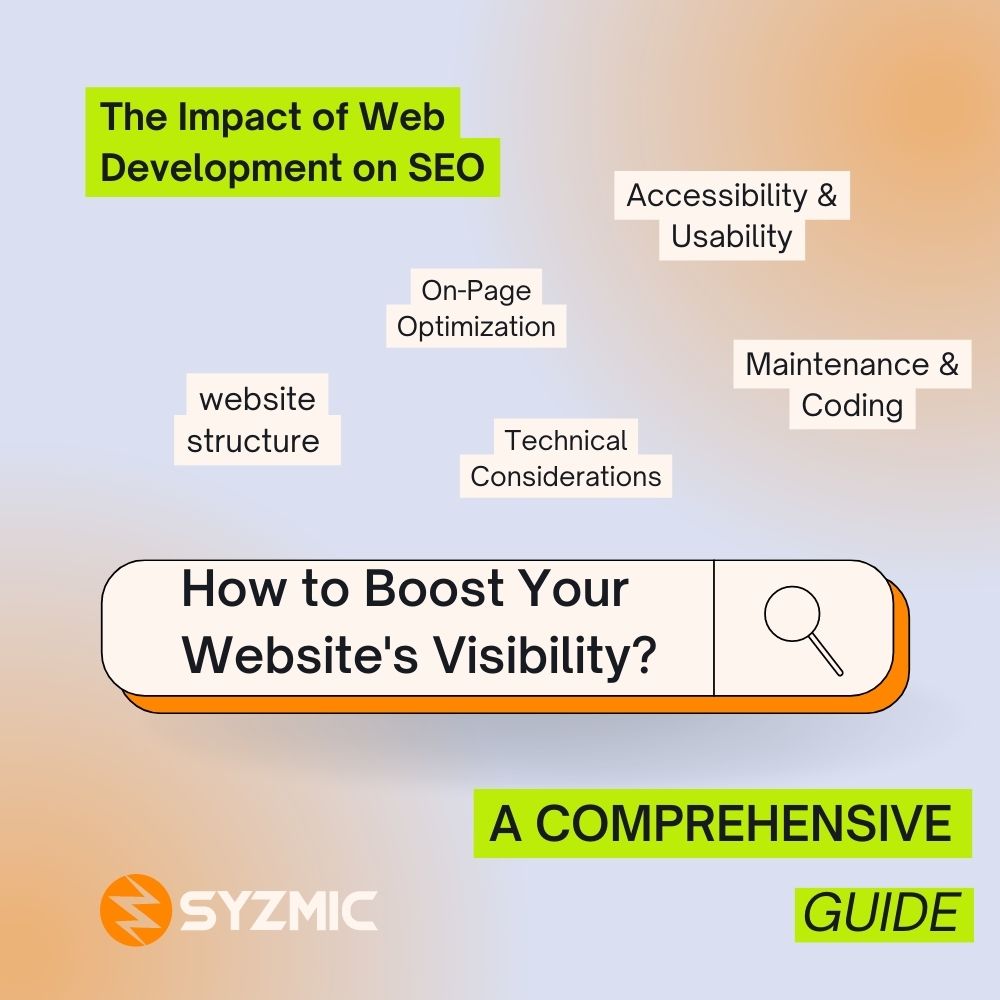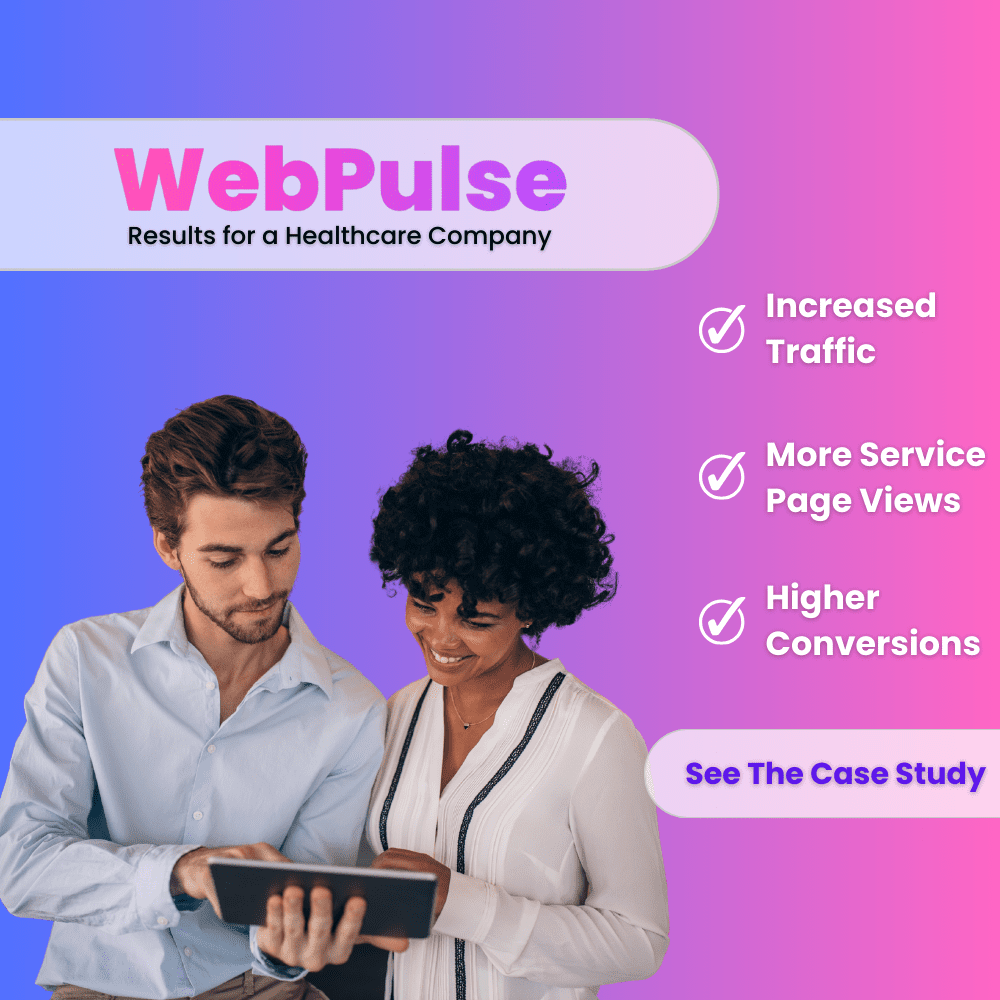In today’s digital landscape, achieving a strong online presence is crucial for businesses of all sizes. A well-designed website that ranks high in search engine results plays a pivotal role in attracting organic traffic. This essay delves into the relationship between web development and search engine optimization (SEO) to elucidate how optimizing web development practices can significantly boost website visibility. By focusing on key aspects such as website structure, on-page optimization, technical considerations, accessibility, usability, and maintenance, businesses can ensure their websites are not only visually appealing but also primed for higher search engine rankings.


Website Structure
User-friendly Organization A well-structured website is not only beneficial for users but also for search engine crawlers. When developing a website, it is essential to organize content in a user-friendly manner. Clear and intuitive navigation menus enable visitors to easily find desired information, while search engines can efficiently crawl and index the website’s pages. Proper categorization and logical hierarchical structure enhance user experience and provide a solid foundation for effective SEO practices.
On-Page Optimization
Meta Tags, Headings On-page optimization involves optimizing various elements within individual web pages to improve search engine visibility. Meta tags, such as meta titles and descriptions, provide concise summaries of the page’s content. Including relevant keywords in meta tags helps search engines understand the page’s relevance to specific search queries. Additionally, using appropriate heading tags (H1, H2, etc.) helps structure the content and signals the importance of different sections to search engines.
Technical Considerations
Speed, Mobile-friendliness Website speed is a critical factor that impacts both user experience and search engine rankings. Slow-loading websites often result in higher bounce rates, frustrating users and signaling search engines that the site may not offer a satisfactory experience. Optimizing website performance by minimizing file sizes, leveraging caching techniques, and using content delivery networks (CDNs) significantly improves loading times.
In today’s mobile-centric world, ensuring a mobile-friendly website is essential. With the increasing number of users accessing the internet via mobile devices, search engines prioritize mobile-friendly websites in their rankings. Responsive web design, which adapts to different screen sizes and maintains functionality, enhances the user experience across devices and boosts SEO performance.
Accessibility & Usability
Inclusive Design, User Experience Inclusive web design focuses on creating websites that are accessible to users with disabilities. This not only helps provide equal access to information but also positively impacts SEO. Search engines consider accessibility factors when evaluating website quality. Implementing proper semantic markup, providing alternative text for images, and ensuring keyboard navigability are some key practices that improve accessibility.
Usability is another crucial aspect that directly impacts website performance. A user-friendly website enhances engagement and reduces bounce rates, signaling to search engines that the site provides valuable content. Optimizing website usability includes simplifying navigation, maintaining consistent design elements, and providing intuitive user interfaces. By prioritizing usability in web development, businesses can improve their SEO rankings and overall user satisfaction.
Maintenance & Coding
Updates, SEO-friendly Practices Regular website maintenance is crucial for sustained SEO success. Performing regular audits helps identify and rectify SEO issues such as broken links, duplicate content, or indexing errors. Additionally, updating content regularly signals search engines that the website is active, improving its chances of ranking higher.
When it comes to coding, adhering to SEO-friendly practices ensures search engines can understand and index the website’s content accurately. Clean and semantic HTML markup helps search engines interpret the page’s structure and content more effectively. Optimizing CSS and JavaScript files, reducing unnecessary code, and leveraging compression techniques contribute to improved website performance and search engine visibility.
Web development and SEO are intricately intertwined aspects of building a successful online presence. By optimizing website structure, implementing on-page SEO techniques, considering technical factors, focusing on accessibility and usability, and maintaining SEO-friendly coding practices, businesses can enhance their website visibility and attract a wider audience. A holistic approach to web development that incorporates these elements will not only benefit users by providing an exceptional experience but also boost search engine rankings, ultimately leading to increased organic traffic and better online visibility.








0 Comments